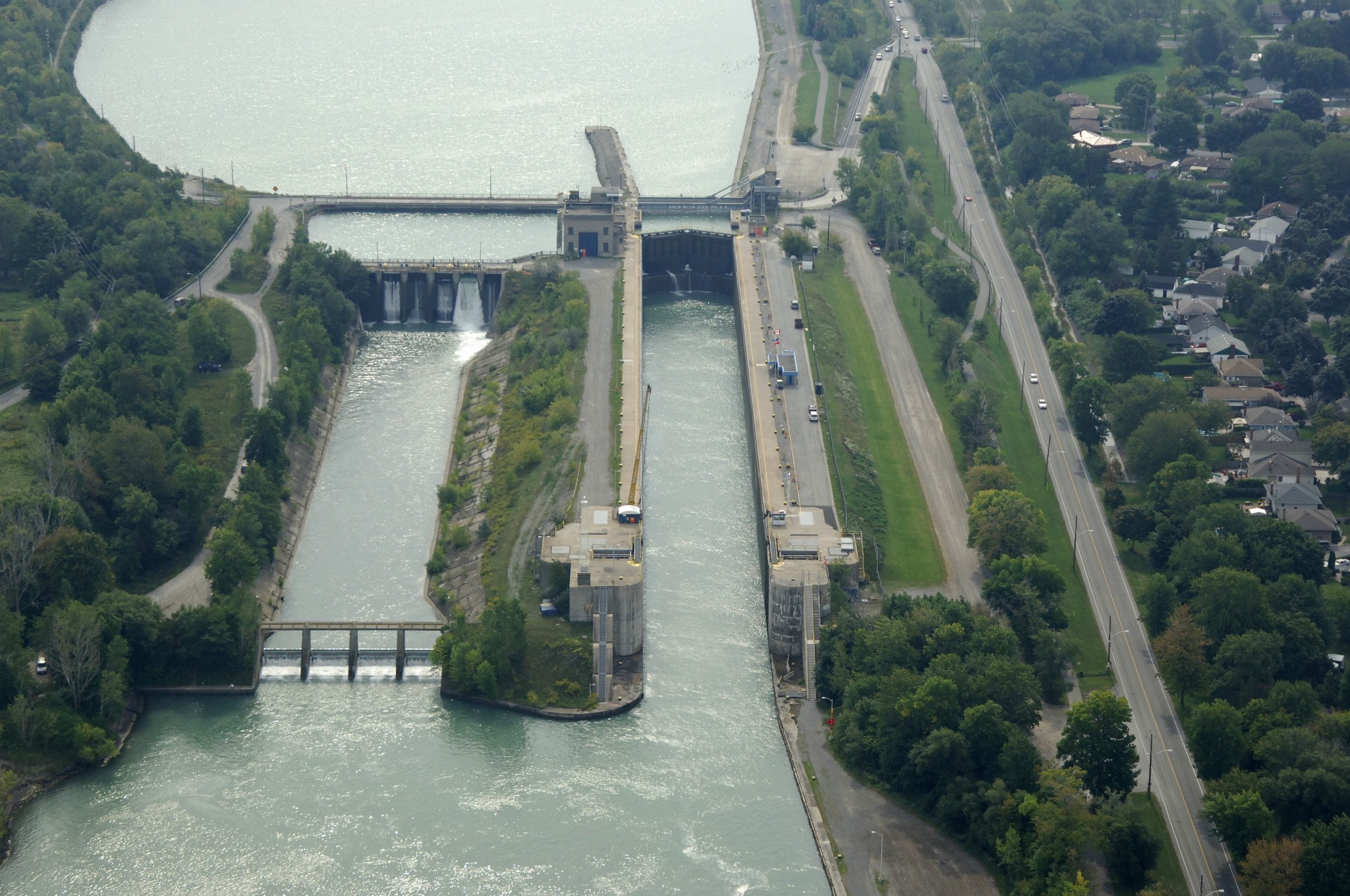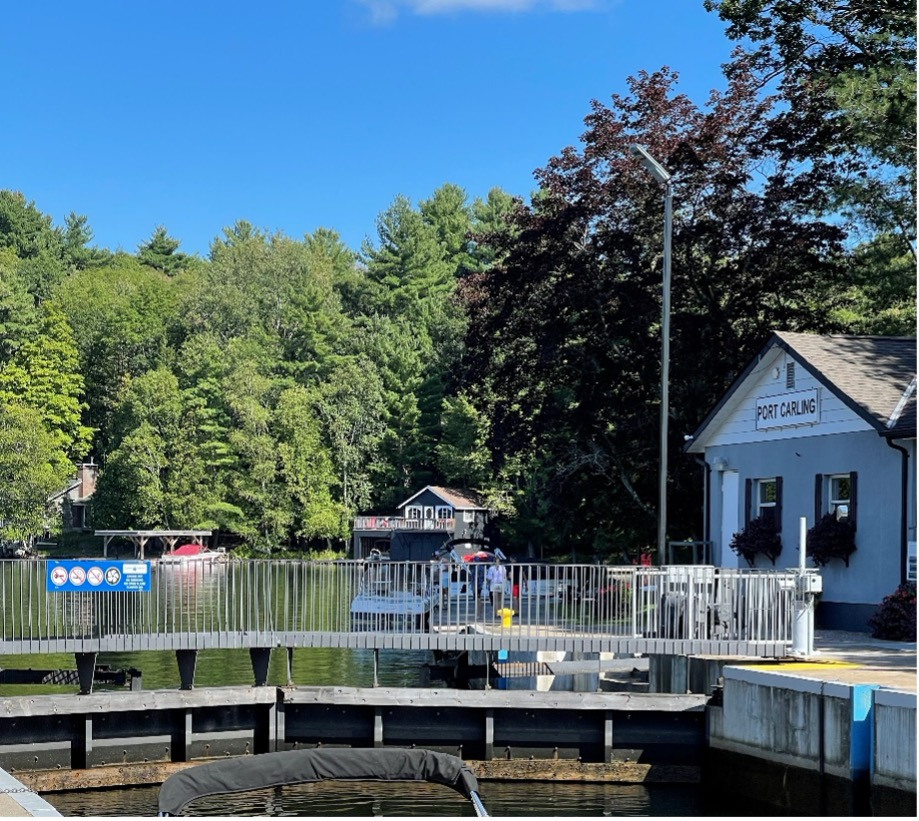Exploring the Locks of Ontario: History, Significance, and Modern Innovations

Exploring the Locks of Ontario: History, Significance, and Modern Innovations


A Gateway to the Great Lakes

The Rideau Canal: A UNESCO World Heritage Site

The Trent-Severn Waterway: A Scenic Passage

Types of Locks: Lift Locks and Gate Locks

Lift Locks
Gate Locks
Modern Innovations: Thordon Bearings in Lock Systems

Conclusion

Ontario’s locks are more than functional structures; they are historical landmarks that tell the story of the region’s development and innovation. From the Welland Canal’s role in international trade to the Rideau Canal’s military origins, these locks have shaped the province’s history. Today, technologies like Thordon bearings ensure these structures operate efficiently and sustainably. Navigating these waterways reminds us of the enduring legacy of Ontario’s locks and the importance of preserving them for future generations.
By combining historical appreciation with modern innovation, we can ensure that Ontario’s locks remain a vital part of our heritage and a testament to the ingenuity that has driven their creation and evolution. Stay tuned for our next blog post, where we will explore specific case studies highlighting the application of Thordon bearings in different lock mechanisms across Ontario.

